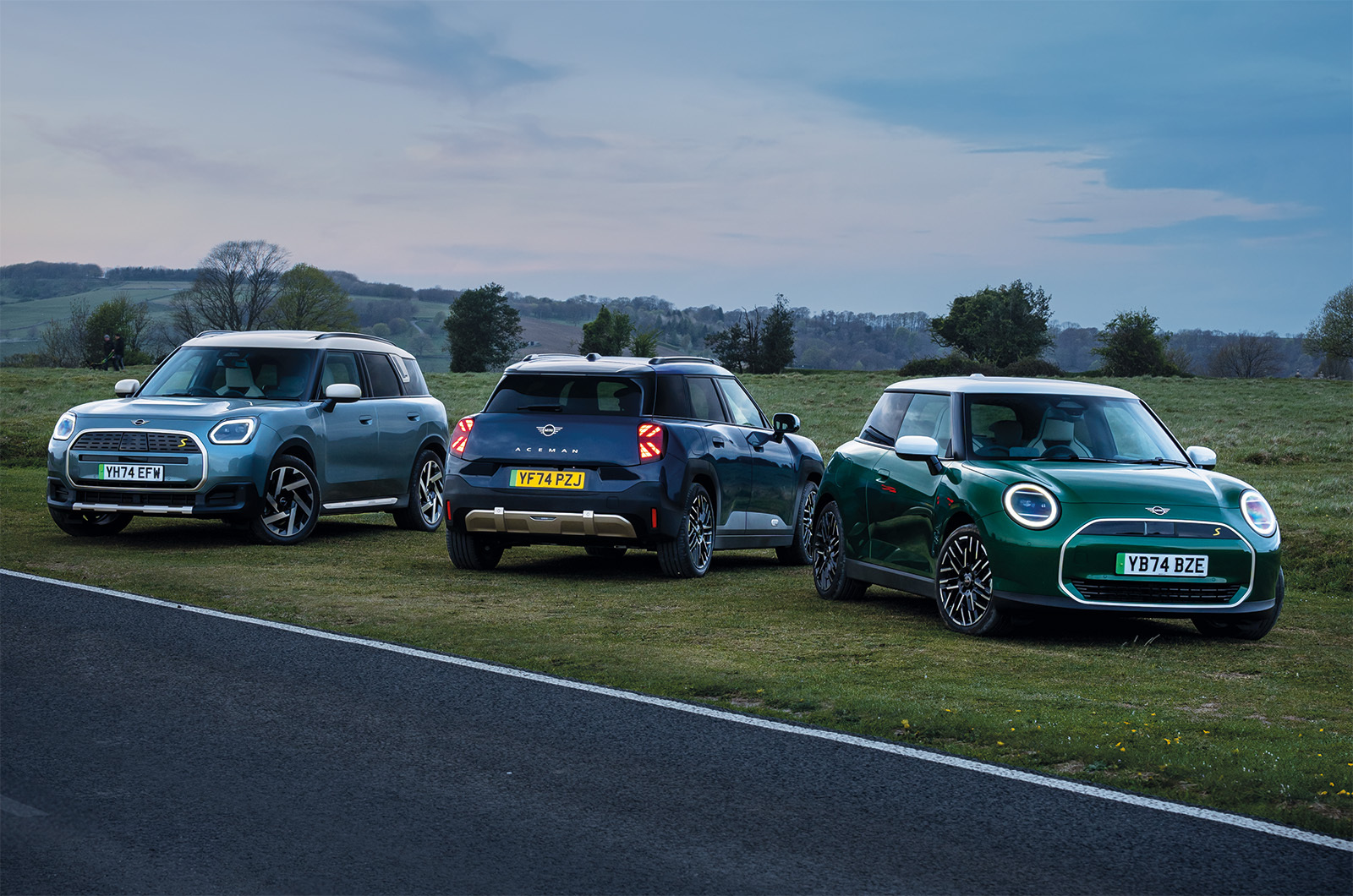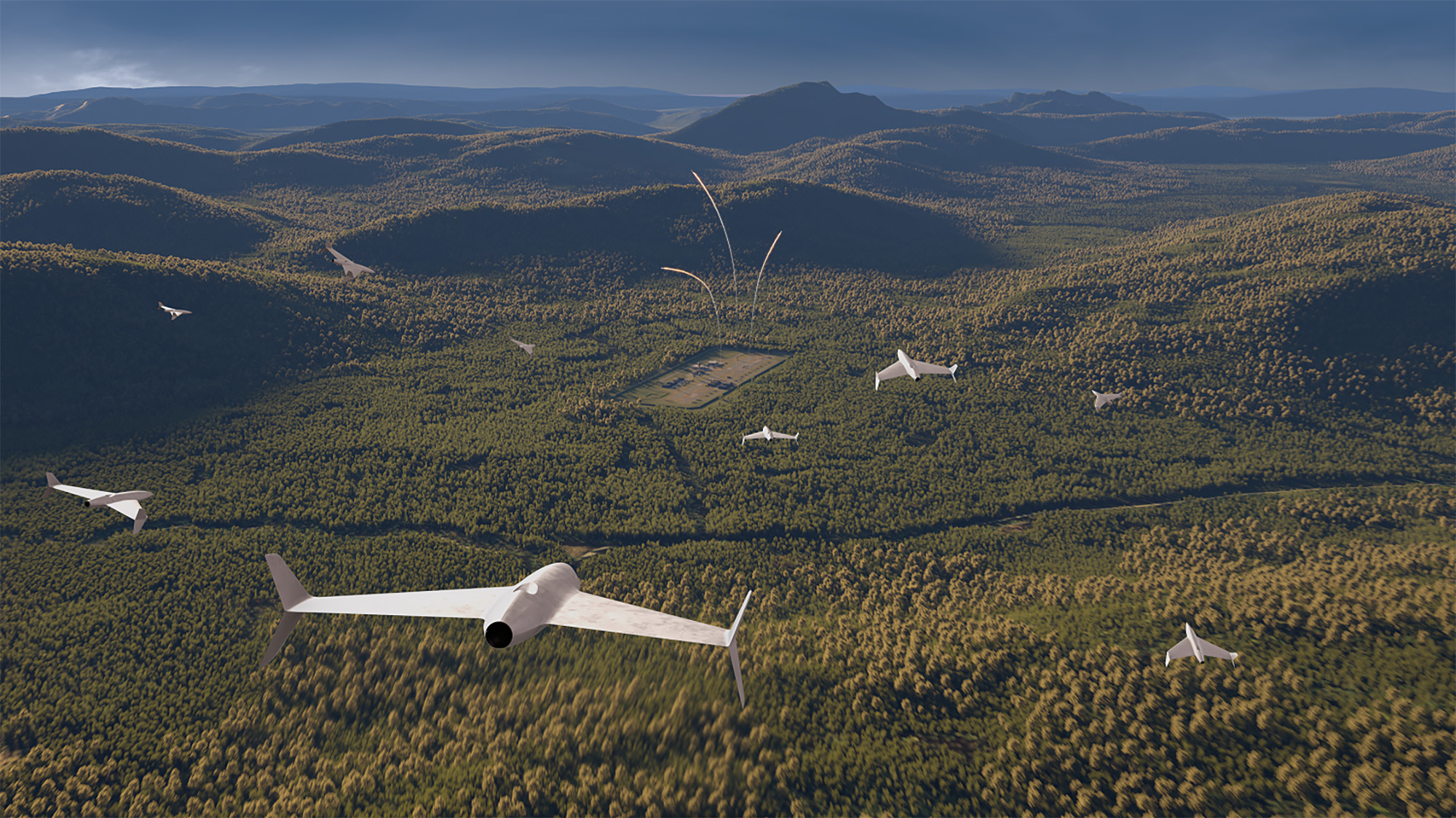Winegrowers across the West Coast are enlisting bluebirds and other songbirds to help control vineyard pests naturally. The surprising alliance is proving effective, sustainable and beneficial for both vines and wildlife. Kathleen Willcox reports.

A one-ounce, stocky blur of blue that warbles a melodious song, rarely strays far from its breeding area, enjoys foraging from a perch, and loves to sleep in a nest of twigs in pre-existing cavities may not seem like an excellent candidate for the annihilation of one’s foes.
Which helps explain why western bluebirds, and many of their twee counterparts, have “flown” under the radar for so long.
“People are still surprisingly ignorant about the bluebird phenomenon,” says Tom Clark, who is based in Napa, owns and manages vineyards and works as a consultant for growers hoping to lure bluebirds and swallows into the vines. “There’s a growing awareness in Napa and Sonoma through word of mouth, and the number of wineries and growers I’ve built and installed boxes for in the past three years has gone up exponentially.”
As winegrowers slowly but surely see the positive impact of these birds on the health of their vineyards and the quality of their wines, Clark says the price of entry (about US$65 per custom-built box, $110 for a site visit) is getting worked into annual farming budgets.
How many insects can these birds consume?
It’s hard to track just how many pests bluebirds and other songbirds manage to eat because they are constantly on the move, and their prey is minuscule. But Dr. Julie Jedlicka, associate professor of biology at Missouri Western State University, managed to analyse DNA fragments of the birds’ faeces in a survey in California’s vineyards.
The analysis, published in
The Auk: Ornithological Advances, found that bluebirds ate primarily herbivorous insects, including chronic vineyard pests.
Breanna Martinico, PhD, a human-wildlife interactions advisor at the University of California, Davis, is in the midst of a DNA-based survey in Napa with other scholars considering which birds target pests in vineyards and what type of habitats they prefer.
“From our initial findings, conducted over two years, we’re finding that bluebirds and tree swallows are attracted to viticultural habitats with nest boxes,” Martinico says. “They like to forage for insects about 200 meters from the box, or closer. Our data shows that bluebirds and tree swallows are consuming alfalfa hoppers, vine mealybugs and blue-green sharpshooters. Bluebirds are also eating variegated and Virginia creeper leafhoppers. These are all vineyard pests!”
The implications, Martinico maintains, are vast.
“If we can reduce the use of chemicals by creating habitats for birds, it’s good for everyone,” Martinico says. “A lot of songbird populations are down because of overdevelopment and invasive species. This helps them, and it helps vineyard owners. It’s also much better for the environment. Imagine if we implemented these practices everywhere?”
A natural solution to chemical dependency
The implications have also arrested the attention of Ivo Jeramaz, winemaker and vice president of vineyards and production at Grgich Hills Estate in
Napa. The winery became certified organic in 2006, then Regenerative Organic Certified in 2023. While reducing inputs and boosting biodiversity in the vineyard is part of Jeramaz’s vision for the estate vineyards, he admits that the transition has required adjustment.
“Biodiversity can be a double-edged sword,” Jeramaz says. “Because we steward our land without chemical pesticides and encourage a diverse host of plants and animals to call our vineyards home, creatures of the pestilent variety can take up residence where we prefer them not to.”
To prevent vine mealybugs, leaf hoppers and sharpshooters from “devouring” the vines, he says they’ve installed hundreds of bird boxes designed to lure bluebirds and tree swallows into their vines.
“Our vineyards are an ecosystem, where every creature has a niche to fill,” he says. “While this means that we will never fully eradicate pest species the way a heavy dose of pesticides might, it does mean that we build resilience, ensuring our vineyards can adapt to new environmental stressors more effectively.”
Designing vineyards as ecosystems
At Two Mountain Winery in Washington’s Yakima Valley, vineyard operations manager Patrick Rawn says that he approaches their 430-acre estate as an entire ecosystem, instead of a vineyard.
While they don’t have nest-boxes, and bluebirds aren’t regularly spotted in the region, Rawn says the vineyard team is “developing and reclaiming unfarmable spaces on our farm to promote a natural habitat for the songbirds as part of the ecosystem.”
Since replanting these areas with native plants and shrubs, which are attracting goldfinches, warblers, wrens and magpies.
“We are still in the early stages of directly measuring the impact on bugs,” Rawn says. “But we are starting to see macro-level reduced pest pressure since undertaking the project two years ago.”
Like Rawn at Two Mountains, Ryan McAdams, vineyard director at Ste. Michelle Wine Estates in Woodinville, WA, is finding that, when welcomed to the edges of the vineyard, a range of birds are happy to take up residence and snack on the all-you-can-eat buffet of pests in the vines.
Tree swallows, barn swallows, cliff swallows, kingbirds, robins, finches and more are found nesting around the trees, barns, outbuildings and sagebrush on the edges of their vineyards.
“These birds do eat a lot of insects, and they do not eat grapes, so it is great for us,” McAdams says. “Also, since they thrive natively in the habitat, we don’t have to do anything extra for them, aside from setting aside the area. Having a healthy, balanced ecosystem naturally attracts and accommodates these birds.”
Fine-tuning the recruitment strategy
Other growers find that an active recruitment program works best for their needs. And sometimes, that requires troubleshooting.
At Clif Family Estate in Napa, winemaker Laura Barrett says that they noticed swallows dominating the boxes and wanted more bluebirds, because they were more effective pest munchers.
“We found that if we strategically place two nesting boxes side by side, the same type of bird won’t occupy both boxes,” she explains. “So now, when we notice tree swallows in one box, we’ll put up another box next door for bluebirds.”
At the 45-acre Don Miguel Vineyard at Sonoma’s Marimar Estate, Taylor Bianco says they initially installed boxes for the bluebirds just to promote biodiversity and get away from the monoculture of farming one crop.
“Songbirds use cavities in oak trees for nesting, and they lose habitat when trees are cleared for agricultural plantings,” Bianco says, “Having bird boxes around the vineyards gives these birds habitats within the farming area.”
But Bianco says the birds have also been a surprising boon for their pest control program.
“They consume problematic insects,” Bianco says.
From pest control to disease prevention
Bluebirds and other songbirds’ indirect talent for combating disease pressure has made them the unofficial mascot of several sustainably minded vineyards.
Barrett says the team at Clif has been working with Clark to add boxes all over their 90 organically and regeneratively farmed acres.
“We’ve added 15 boxes this year alone, and we have dozens across all of our properties,” Barrett says. “We have bluebirds and swallows, and they both eat pests, but the bluebirds are better. We find they’re eating leaf hoppers, mealy bugs and sharpshooters.”
If left unattended, these pests can cause disease and stymie photosynthesis, both of which ultimately diminish the quality of the wine. While certified organic vineyards are allowed to spray organic chemicals that will also combat infestation, Barrett says they prefer to avoid running the tractor.
“Reducing inputs overall and creating a natural balance in the vineyard leads to better wine and a lower carbon footprint,” she says.
Chris Kajani, president and winemaker at Bouchaine Vineyards in Napa, has come to rely on birds.
“We love bluebirds,” Kajani says. “Leafhopper feeding behaviour, and the resulting damage they inflict on grapevines, can significantly impact vine health and the quality of the grape crop. They pierce leaf cells and extract their contents, leading to stippling on the leaves.”
The resulting damage impedes the vine’s ability to produce sugars essential for fruit ripening and vine health.
Songbirds may not look fierce, but give them a perch, and they’ll prove what effective killers they can be.

 A one-ounce, stocky blur of blue that warbles a melodious song, rarely strays far from its breeding area, enjoys foraging from a perch, and loves to sleep in a nest of twigs in pre-existing cavities may not seem like an excellent candidate for the annihilation of one’s foes.
Which helps explain why western bluebirds, and many of their twee counterparts, have “flown” under the radar for so long.
“People are still surprisingly ignorant about the bluebird phenomenon,” says Tom Clark, who is based in Napa, owns and manages vineyards and works as a consultant for growers hoping to lure bluebirds and swallows into the vines. “There’s a growing awareness in Napa and Sonoma through word of mouth, and the number of wineries and growers I’ve built and installed boxes for in the past three years has gone up exponentially.”
As winegrowers slowly but surely see the positive impact of these birds on the health of their vineyards and the quality of their wines, Clark says the price of entry (about US$65 per custom-built box, $110 for a site visit) is getting worked into annual farming budgets.
A one-ounce, stocky blur of blue that warbles a melodious song, rarely strays far from its breeding area, enjoys foraging from a perch, and loves to sleep in a nest of twigs in pre-existing cavities may not seem like an excellent candidate for the annihilation of one’s foes.
Which helps explain why western bluebirds, and many of their twee counterparts, have “flown” under the radar for so long.
“People are still surprisingly ignorant about the bluebird phenomenon,” says Tom Clark, who is based in Napa, owns and manages vineyards and works as a consultant for growers hoping to lure bluebirds and swallows into the vines. “There’s a growing awareness in Napa and Sonoma through word of mouth, and the number of wineries and growers I’ve built and installed boxes for in the past three years has gone up exponentially.”
As winegrowers slowly but surely see the positive impact of these birds on the health of their vineyards and the quality of their wines, Clark says the price of entry (about US$65 per custom-built box, $110 for a site visit) is getting worked into annual farming budgets.



































































































![[Updated] U.S. Air Force Mobilizes F-22s and F-35s as Situation in Middle East Escalates](https://theaviationist.com/wp-content/uploads/2025/06/F-22_F-35_CENTCOM-top.jpg)










































